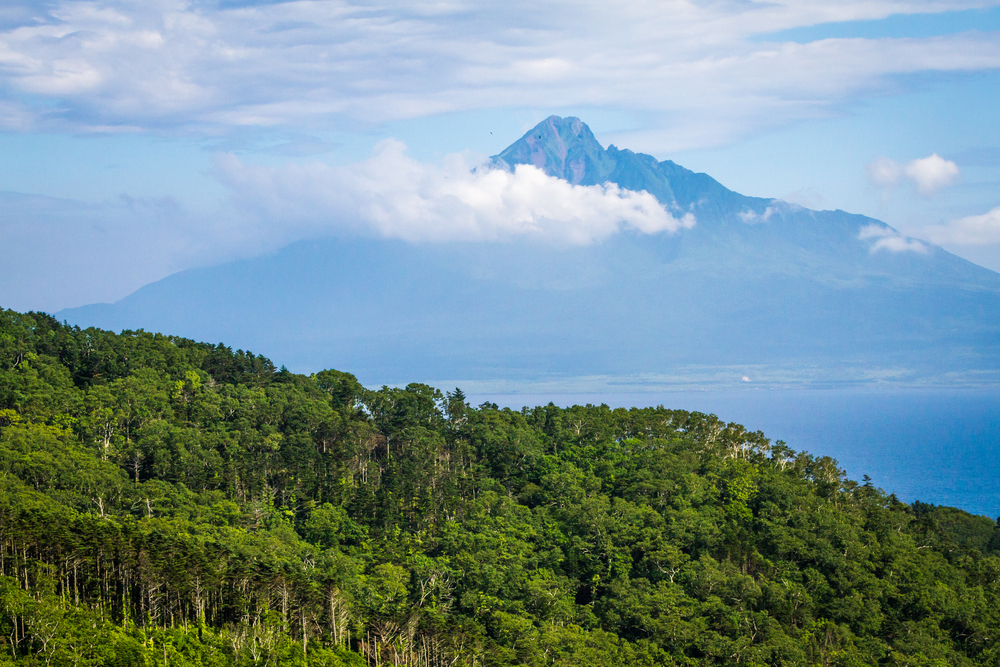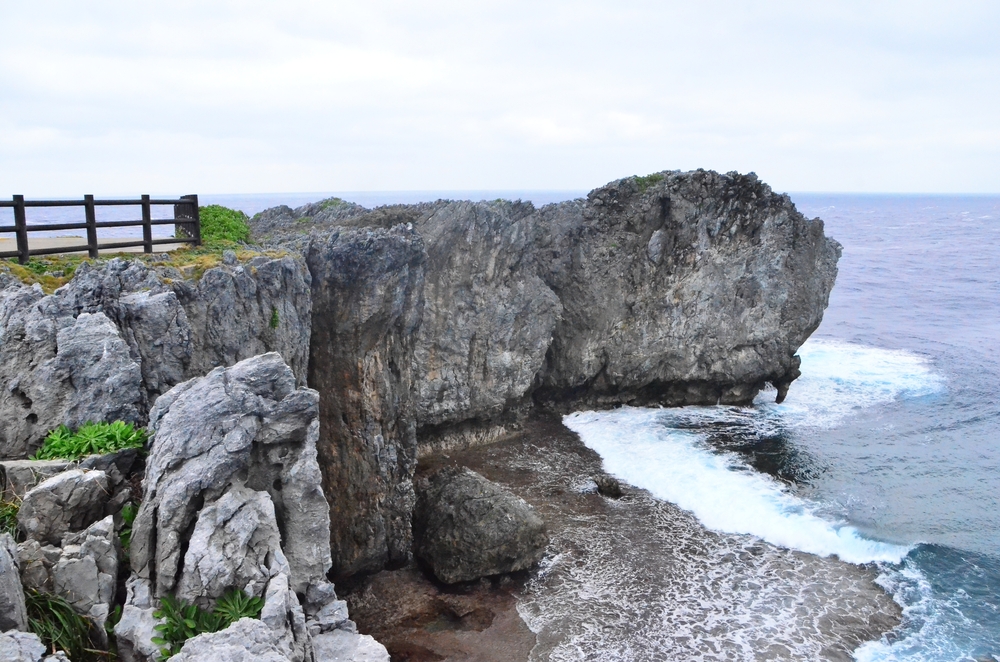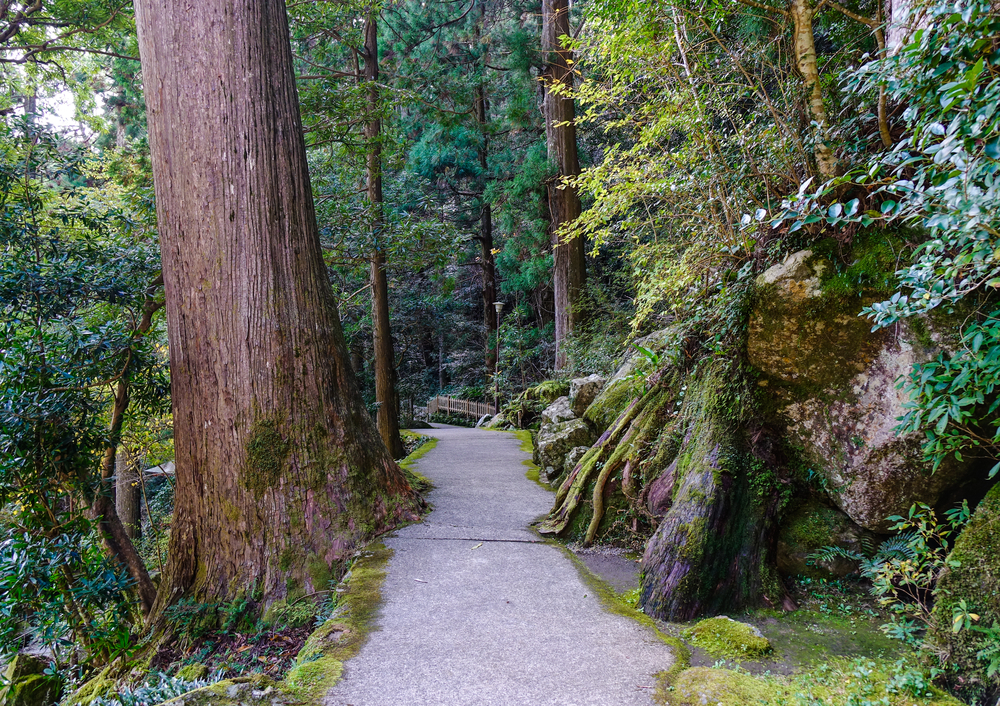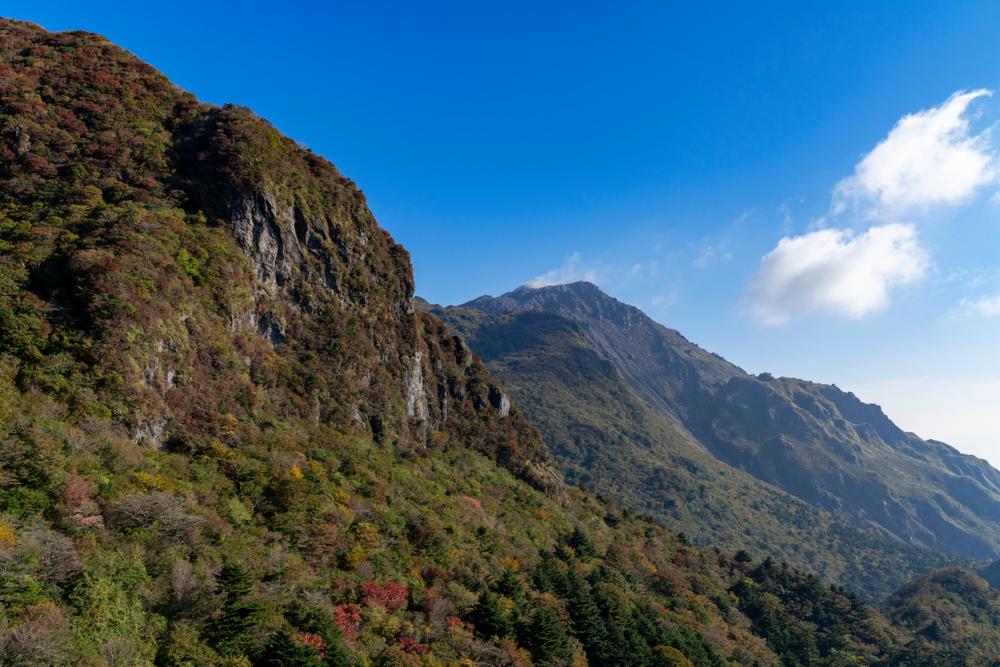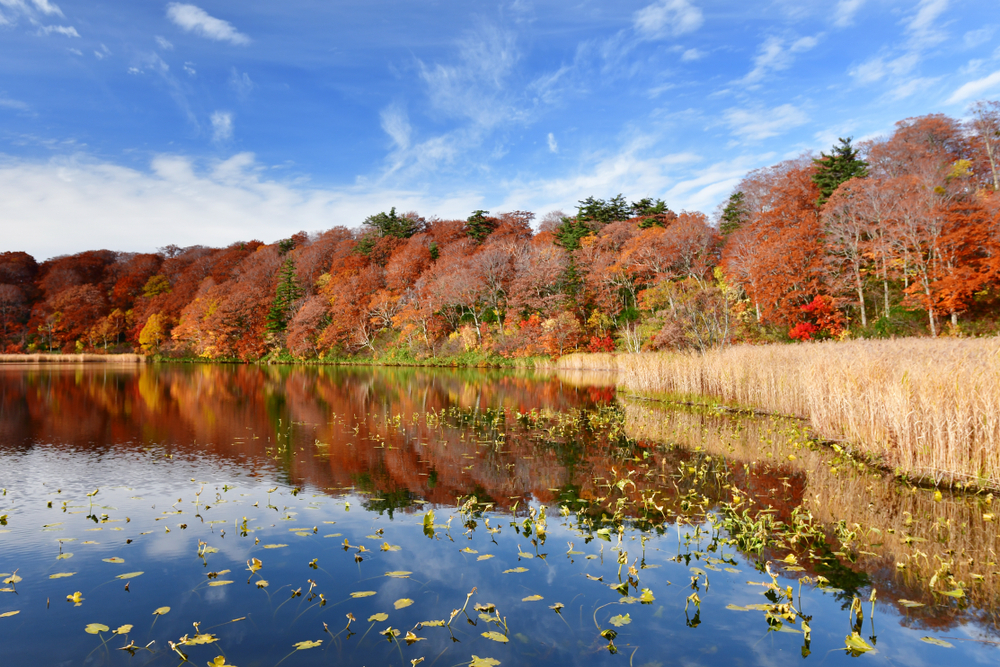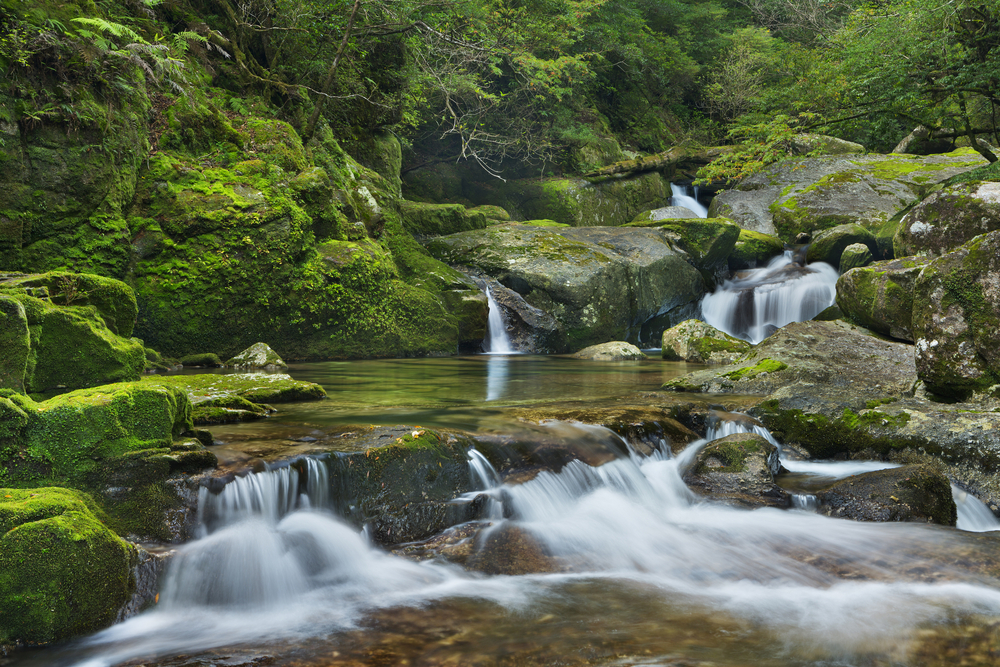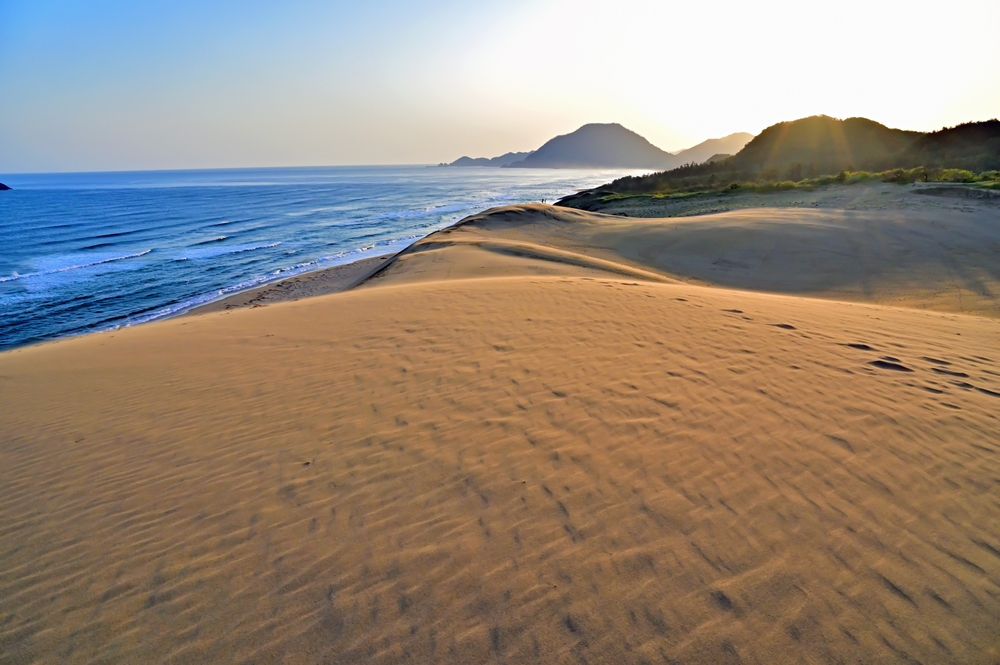Rishiri-Rebun-Sarobetsu Overview
Rishiri-Rebun-Sarobetsu National Park, located in the northernmost part of Japan’s Hokkaido region, encompasses a stunning expanse of 106 square miles (274 square kilometers). This park is named after its three distinct areas: Rishiri Island, Rebun Island, and the Sarobetsu Plain. Positioned near the Sea of Japan, it offers a unique blend of alpine, coastal, and wetland landscapes. The park’s terrain is as diverse as it is breathtaking, from the towering volcanic peak of Mount Rishiri, often called “Rishiri Fuji” for its resemblance to Mount Fuji, to the coastal cliffs and meadows of Rebun Island, often blanketed with colorful alpine flowers. The Sarobetsu Plain, a vast wetland, features expansive peat bogs and serves as a vital ecological area.
The vegetation within the park is equally diverse and reflects the area’s unique climates and elevations. Rishiri Island is home to dense forests of Sakhalin spruce and Japanese alder, while Rebun Island is renowned for its rare alpine flora, including Rebun lady’s slipper and Rebun atsumoriso orchids. The Sarobetsu Plain supports vast wetlands with plants such as cotton grass and bog rosemary. Together, these elements create a botanical wonderland that changes dramatically with the seasons, offering visitors vibrant blooms in summer and serene, snow-covered landscapes in winter.
Wildlife enthusiasts will find Rishiri-Rebun-Sarobetsu National Park to be a haven. The Sarobetsu Plain is an essential stopover for migratory birds, including species such as the whooper swan and bean goose. Other avian species, like the rare Steller’s sea eagle, can also be observed in the area. Mammals include the Ezo deer and red fox, both iconic species of Hokkaido. The islands and surrounding waters are home to seals and sea otters, while the coastal zones provide opportunities to spot various marine birds.
The park’s highlights include climbing Mount Rishiri, a challenging yet rewarding activity offering panoramic views of the surrounding islands and the sea. The alpine flower meadows on Rebun Island are particularly famous, drawing botanists and nature lovers alike. In the Sarobetsu Plain, visitors can enjoy boardwalk trails that allow close-up exploration of the wetlands without disturbing the delicate ecosystem. The park is also a prime spot for birdwatching and offers excellent opportunities for photography, particularly during the spring and summer flower seasons.
Visitors can engage with the park through a variety of activities, such as hiking, birdwatching, and cycling. The islands are accessible by ferry, making the journey part of the experience. Guided tours are available, particularly for the flower meadows and wetland areas, providing deeper insights into the park’s ecology and conservation efforts.
Conservation is a key focus for the park’s management, as preserving its unique ecosystems requires constant vigilance. Challenges include invasive species management, climate change impacts, and balancing tourism with environmental protection. However, the park has had significant successes, such as the restoration of native plant habitats on Rebun Island and the establishment of eco-friendly tourism practices to minimize human impact. These initiatives ensure that the park remains a sanctuary for its extraordinary flora and fauna while offering unforgettable experiences to visitors.








































































